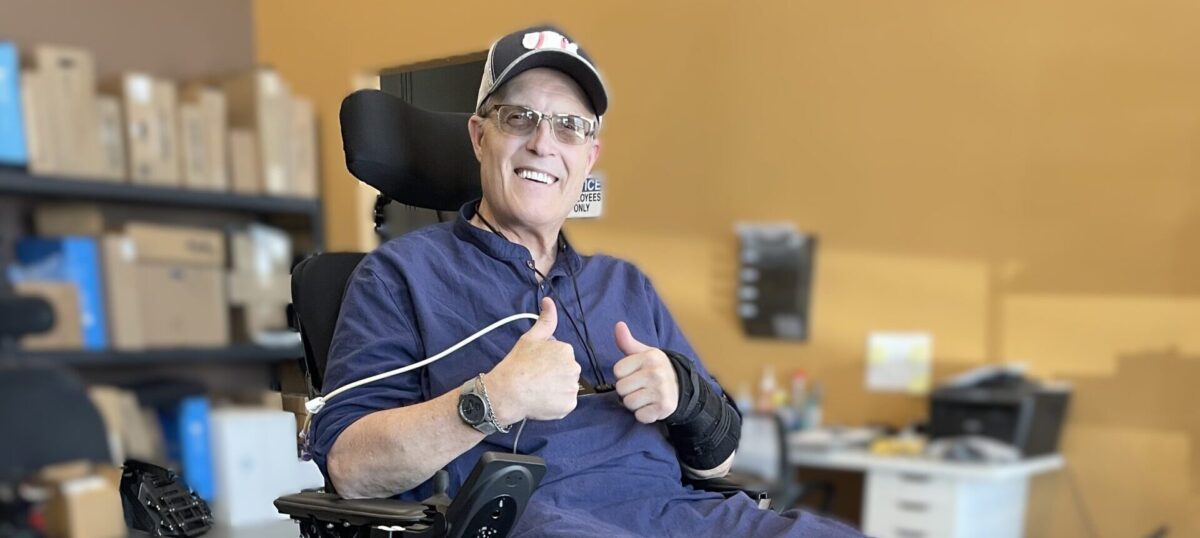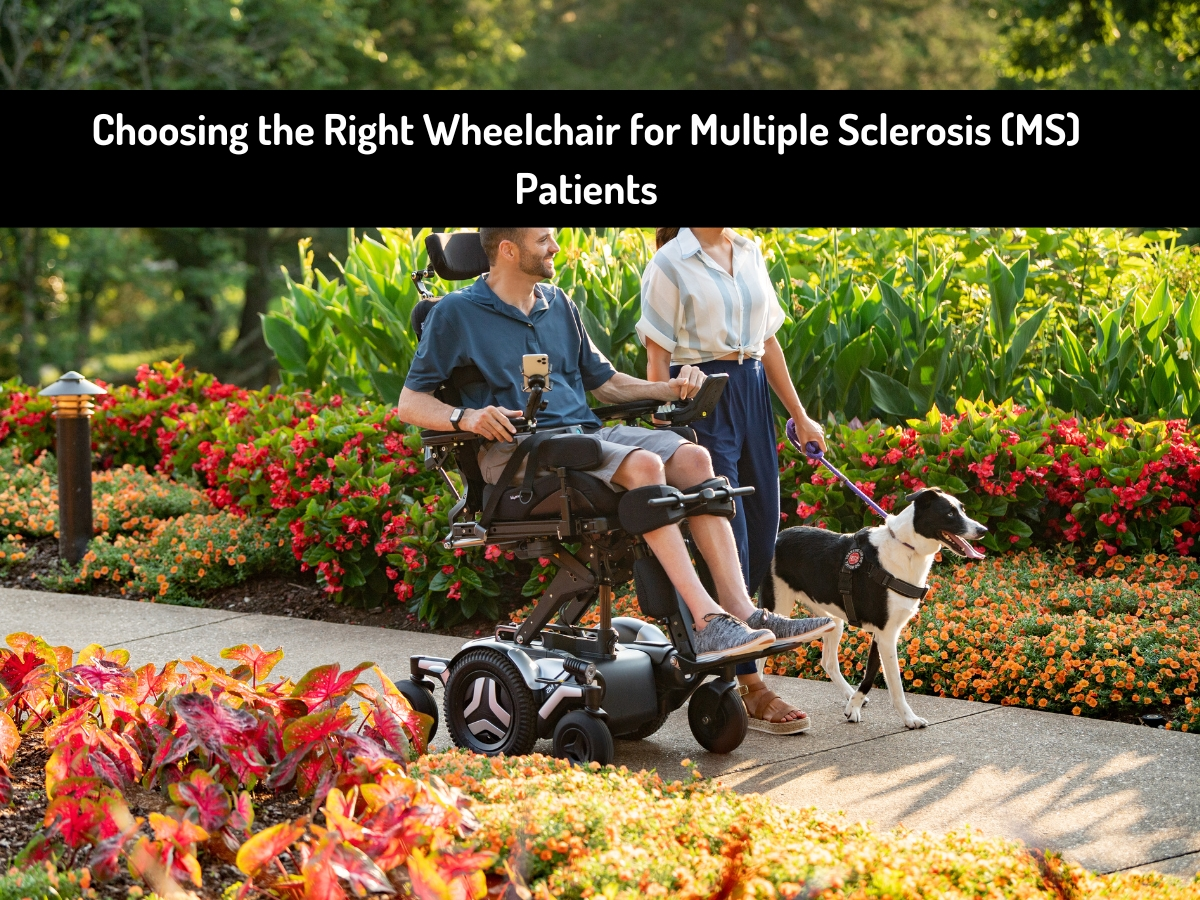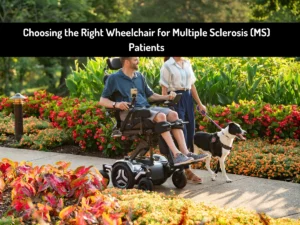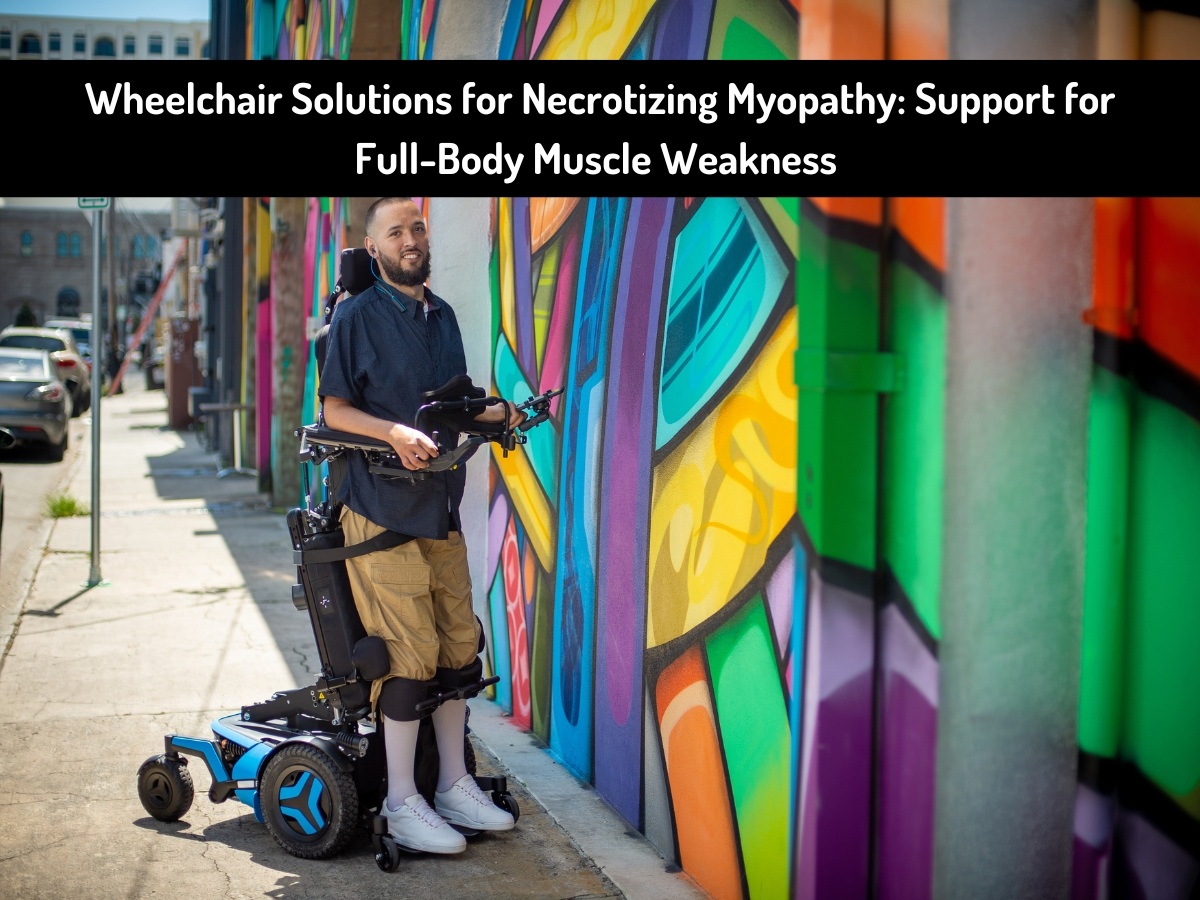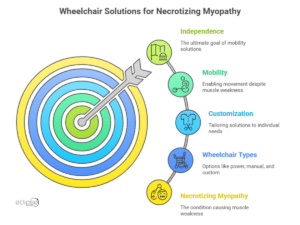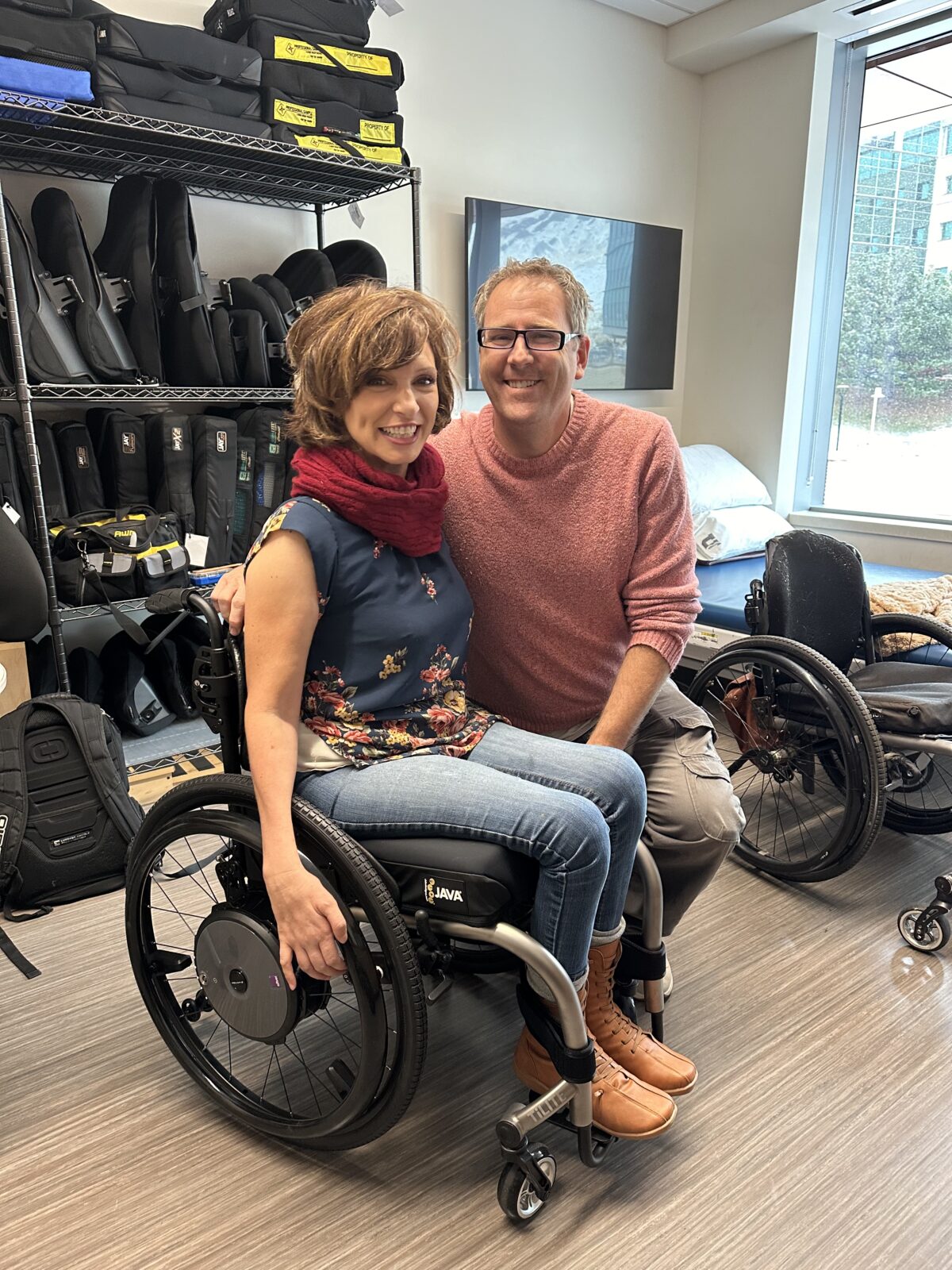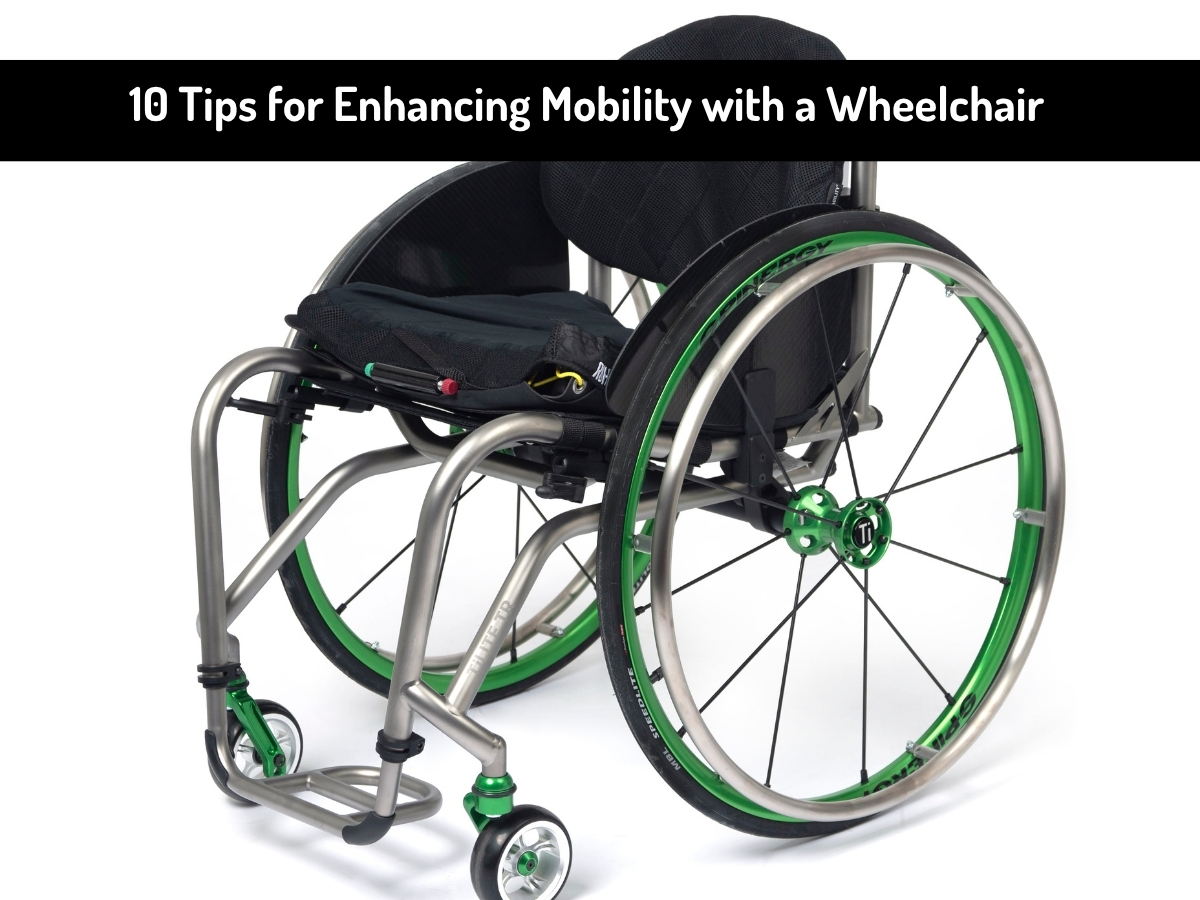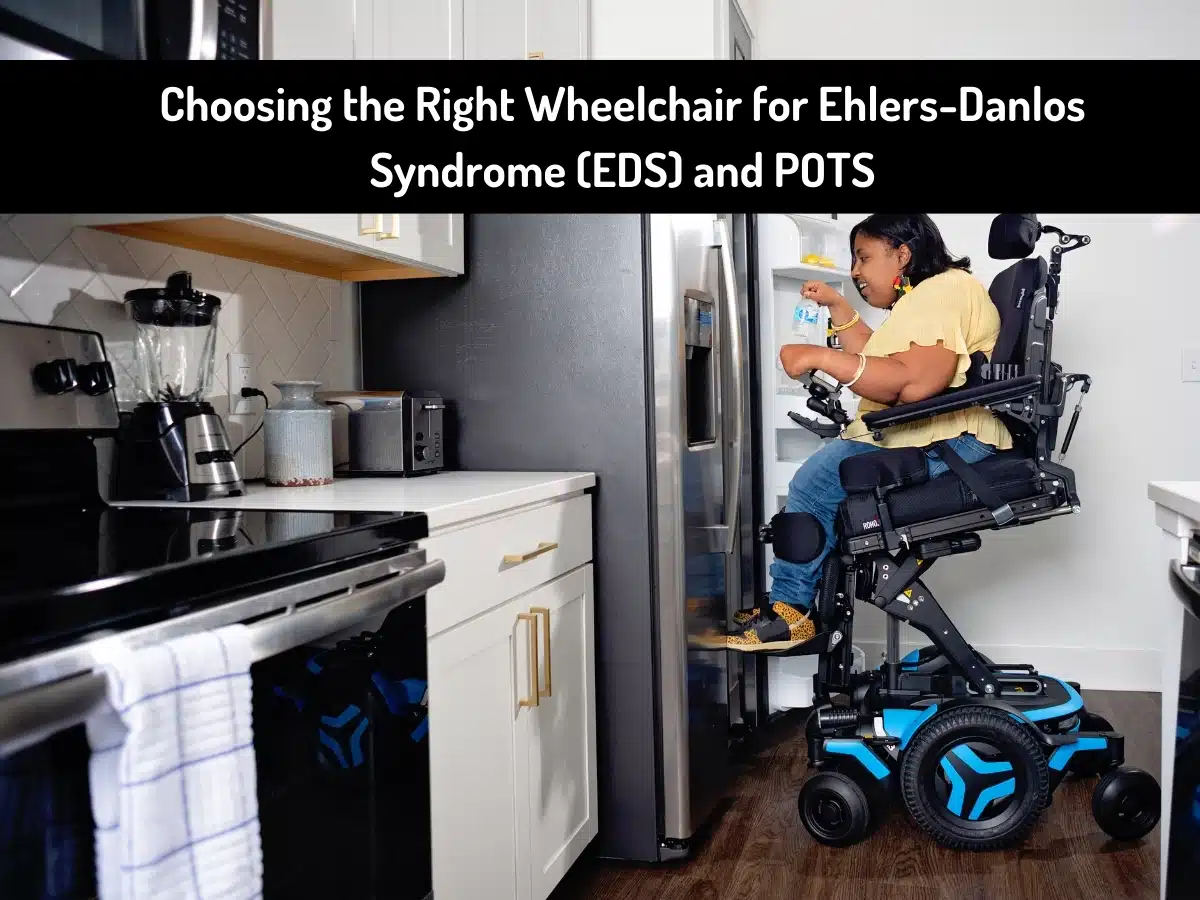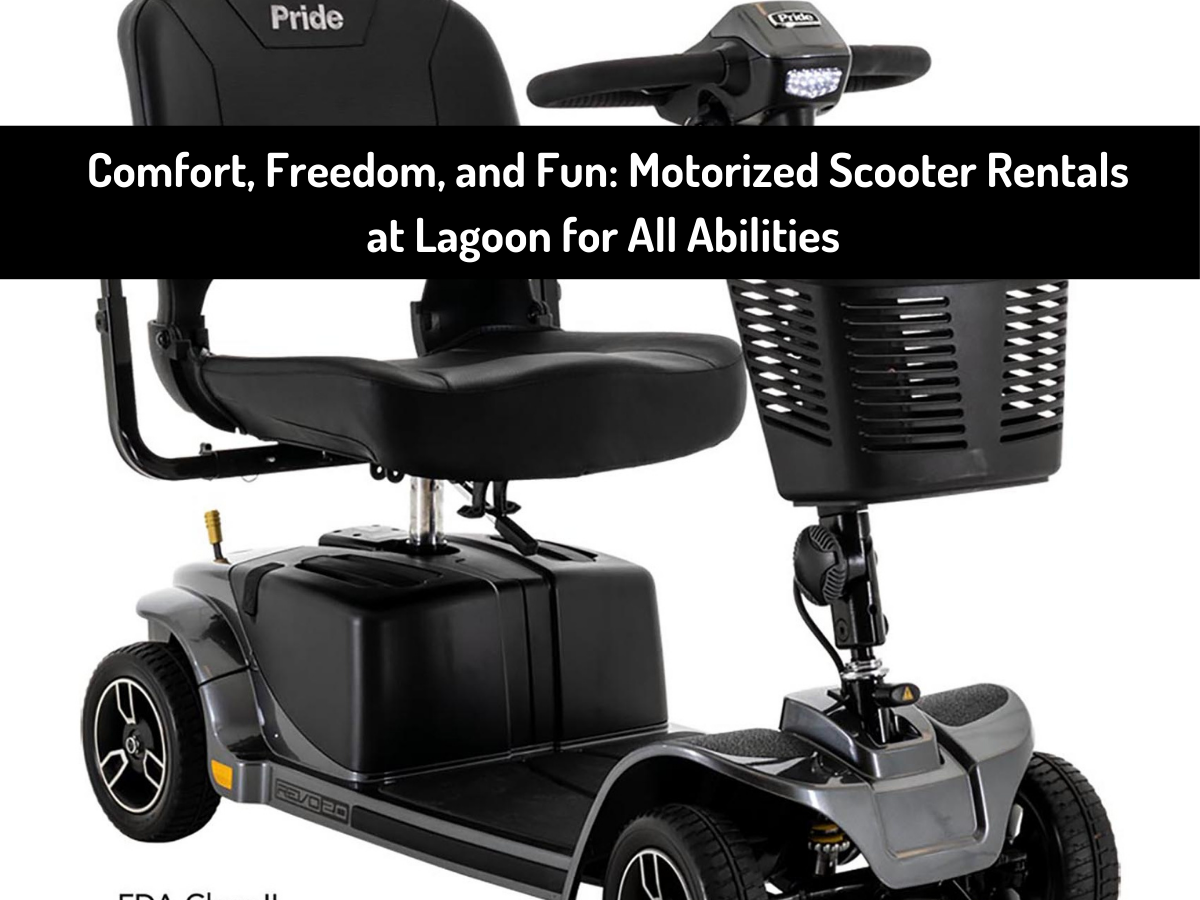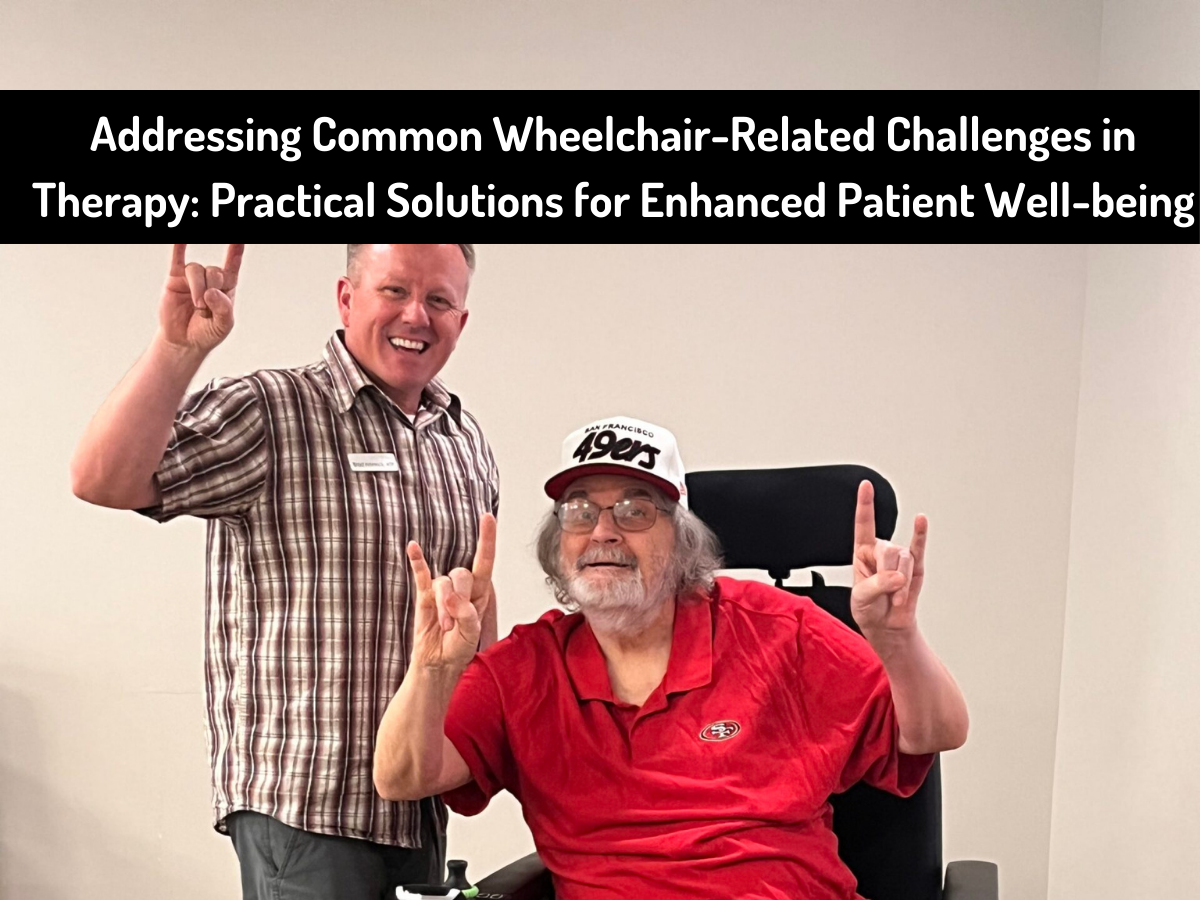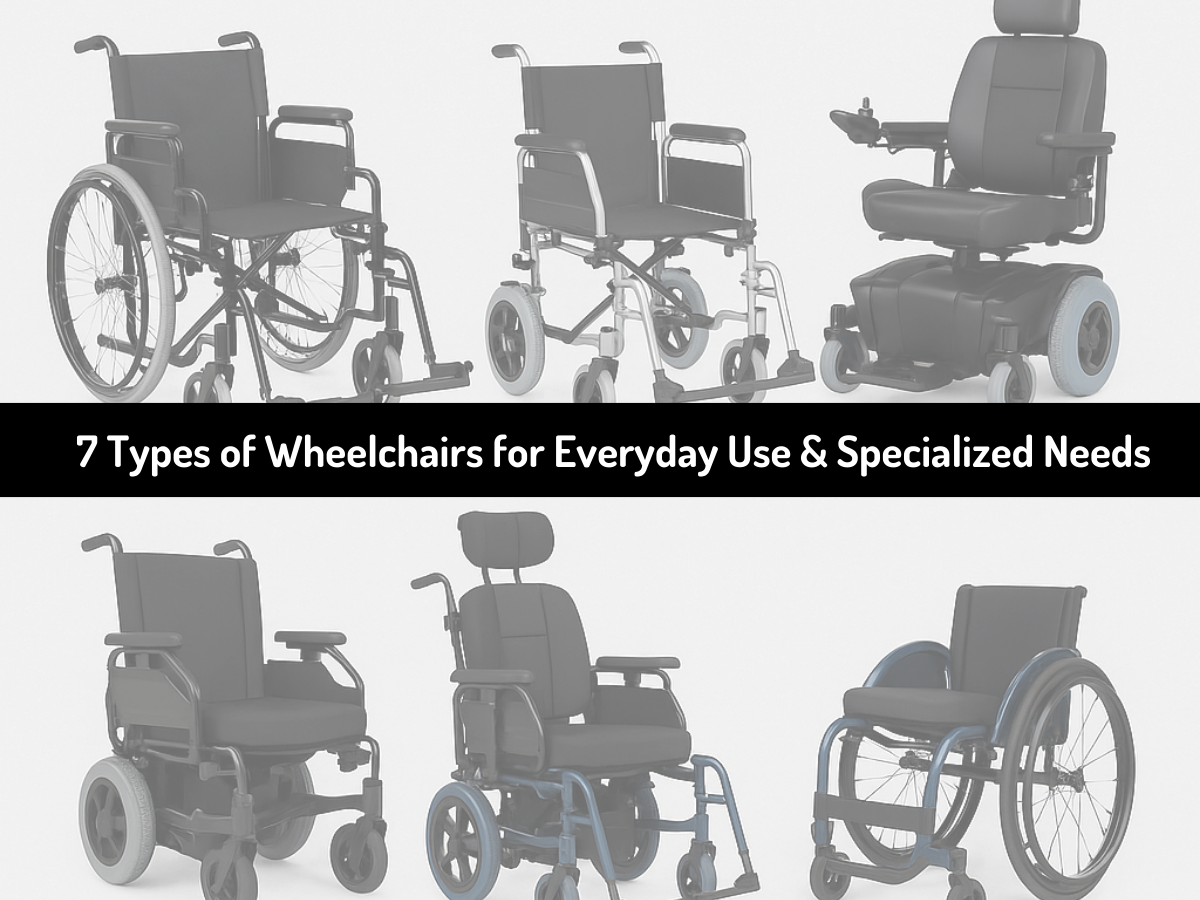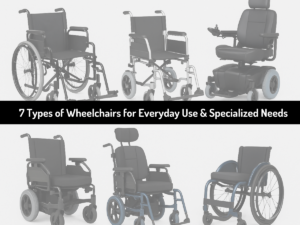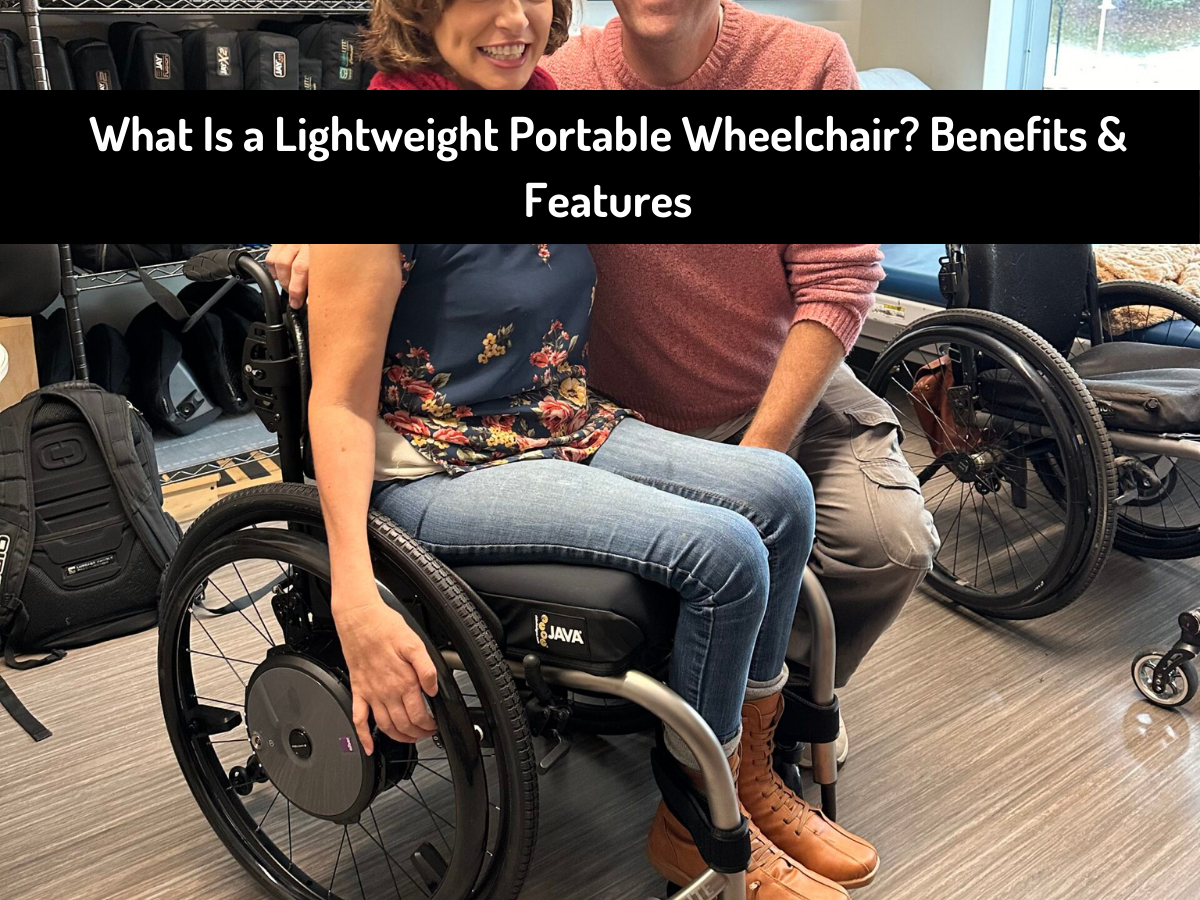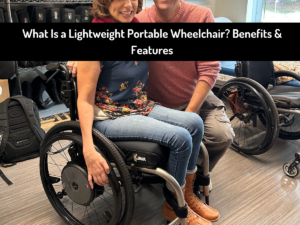For individuals who rely on a wheelchair for daily mobility, the difference between a generic, off-the-shelf model and a custom wheelchair can be monumental. It’s not merely about getting from point A to point B; it’s about achieving an optimal level of comfort, maximizing functional independence, and significantly enhancing the overall quality of life. This article delves deep into why customized wheelchairs are a superior choice for many users, exploring how their precise fit and tailored features directly translate into improved comfort, unparalleled mobility, and crucial long-term health benefits. We will also discuss the factors influencing custom wheelchair cost and why this investment often yields significant returns in well-being and independence.
The Fundamental Flaw of “One-Size-Fits-All”
Standard, or “off-the-shelf,” wheelchairs are designed to accommodate a broad range of users. While they serve a vital purpose for temporary use or for individuals with very basic, non-complex mobility needs, their inherent limitation lies in their lack of specificity. Just as a perfectly fitted pair of shoes prevents blisters and discomfort, a precisely tailored wheelchair prevents myriad issues that can arise from a generic fit.
The human body is complex and unique. Factors such as individual body dimensions, muscle tone, flexibility, existing deformities, risk of pressure injury, and specific functional goals vary dramatically from one person to another. A standard wheelchair, with its limited adjustability, simply cannot address these individual nuances. This often leads to:
- Compromised Posture: Leading to spinal deformities (e.g., scoliosis, kyphosis), neck pain, and difficulty breathing or swallowing.
- Increased Risk of Pressure Injuries: Uneven weight distribution on bony prominences due to poor fit.
- Upper Extremity Pain and Injury: Inefficient propulsion mechanics in manual wheelchairs, leading to overuse injuries of the shoulders, wrists, and elbows.
- Reduced Functional Independence: Difficulty performing activities of daily living (ADLs) due to awkward positioning or inability to access the environment effectively.
- Fatigue and Discomfort: Constant struggle against an ill-fitting chair, leading to reduced endurance and overall diminished quality of life.
This is precisely where the philosophy of the customized wheelchair steps in – to eradicate these compromises and provide a mobility solution that is truly an extension of the user.
The Unrivaled Benefits of a Custom Wheelchair for Comfort
Comfort in a wheelchair transcends mere luxury; it is a fundamental requirement for health and well-being, especially for individuals who spend a significant portion of their day seated. A custom wheelchair is meticulously designed to cradle the user’s body in an optimal, supportive, and pressure-relieving position.
- Precision Fit and Support:
- Unlike standard chairs with limited sizes, a custom wheelchair begins with a thorough biomechanical assessment and precise measurements of the individual’s body. This includes measurements of hip width, seat depth, back height, leg length, armrest height, and more.
- This meticulous measurement process ensures that the wheelchair dimensions perfectly match the user, distributing weight evenly across the entire seating surface. This drastically reduces concentrated pressure on vulnerable areas, which is the primary cause of pressure sores.
- Custom-molded seating systems, often created from precise body contours (e.g., using a vacuum-assisted beanbag chair to capture the shape), provide total contact support. This is invaluable for individuals with complex postural needs, neurological conditions, or existing deformities, offering stability where generic seating cannot.
- Pressure Injury Prevention:
- This is perhaps one of the most critical comfort and health benefits. Pressure injuries (also known as bedsores or pressure ulcers) are a severe and often life-threatening complication for wheelchair users.
- A customized wheelchair integrates advanced pressure-relieving cushions and backrests (made from specialized foams, gels, air cells, or hybrid materials) that are specifically chosen and configured based on the individual’s skin integrity, sensation, and risk factors.
- Power seating functions like power tilt and recline, commonly found in complex custom wheelchairs, allow for frequent weight shifts and postural changes, actively redistributing pressure and promoting circulation. This is paramount for users who cannot independently perform pressure relief.
- Optimal Postural Alignment:
- Good posture in a wheelchair is vital for respiratory function, digestion, circulation, and preventing musculoskeletal pain and deformities.
- A custom wheelchair can incorporate specific backrest shapes, lateral supports, pelvic positioning belts, and headrests to maintain optimal spinal alignment. This prevents kyphosis (hunchback), scoliosis (lateral curvature), and pelvic obliquity, which are common in prolonged, unsupported sitting.
- Proper alignment also reduces muscle fatigue, allowing the user to sit comfortably for longer periods without pain or slumping.
- Reduced Pain and Fatigue:
- An ill-fitting chair forces the body into unnatural positions, leading to chronic pain in the back, neck, shoulders, and hips. The constant effort to maintain stability in a poorly fitted chair also leads to increased fatigue.
- By contrast, a customized wheelchair provides ergonomic support, reducing strain on muscles and joints. The user expends less energy fighting gravity or compensating for inadequate support, leading to significantly reduced pain and improved endurance throughout the day. This allows for greater participation in activities and social engagement.
Enhanced Mobility Through Customization
Beyond comfort, the impact of a custom wheelchair on a user’s mobility and functional independence is transformative.
- Efficient Propulsion (for Custom Manual Wheelchairs):
- A custom manual wheelchair is designed to optimize the biomechanics of self-propulsion. The seat-to-floor height, axle position, and wheel camber are precisely adjusted to allow the user’s hand to effectively grasp and push the wheel rim with minimal effort and maximum power transfer.
- This precise calibration reduces the strain on shoulder joints, wrists, and elbows, preventing repetitive strain injuries common in manual wheelchair users. An efficient push stroke means less energy expenditure, allowing the user to travel farther and participate more actively.
- Lightweight materials (aluminum, titanium, carbon fiber) are often used in custom manual wheelchairs to reduce the overall weight of the chair, making it even easier to propel and lift for transport.
- Superior Maneuverability:
- The dimensions of a custom wheelchair are tailored not just to the user, but also to their typical environments. Factors like seat width and overall footprint can be optimized for navigating narrow doorways, tight hallways, or crowded spaces at home or in the community.
- For custom power wheelchairs, the drive wheel configuration (mid-wheel, front-wheel, or rear-wheel drive) is selected based on the user’s primary environment and driving style, offering the best turning radius for indoor navigation or stability for outdoor terrains. Programmable controls allow fine-tuning of speed, acceleration, and deceleration for precise maneuvering.
- Enhanced Functional Independence:
- Features on a customized wheelchair are selected to directly support ADLs and IADLs. For example:
- Seat Elevation (Power Wheelchairs): Allows the user to reach high shelves, interact at eye level, and perform standing transfers more easily.
- Power Leg Elevation: Helps manage edema, changes body position for comfort, and can assist with transfers.
- Swing-Away/Removable Legrests and Flip-Back/Removable Armrests: Crucial for facilitating safe and independent transfers to and from beds, toilets, or cars.
- Alternative Input Devices: For users with very limited hand function, custom power wheelchairs can be controlled via head arrays, sip-and-puff systems, chin controls, or even eye gaze, opening up mobility options previously impossible.
- Features on a customized wheelchair are selected to directly support ADLs and IADLs. For example:
- Adaptability to Changing Needs:
- Many custom wheelchairs are built with modular components and high adjustability, allowing the chair to be modified as the user’s condition changes or evolves. This foresight extends the lifespan of the equipment and ensures it remains optimally configured for ongoing needs. This is particularly valuable for progressive conditions.
Ready to Discover the Perfect Mobility Solution?
Understanding Custom Wheelchair Cost
It’s undeniable that the custom wheelchair cost is typically higher than that of a standard, off-the-shelf model. This difference in price is a direct reflection of the personalized engineering, specialized components, and intensive assessment process involved. However, it’s crucial to view this not as an expense, but as a long-term investment in a patient’s health, independence, and overall quality of life.
Factors influencing custom wheelchair cost include:
- Level of Customization: From simple dimensional adjustments to fully custom-molded seating systems and highly specialized controls.
- Type of Wheelchair: Power wheelchairs are inherently more expensive than manual due to complex electronics, motors, and battery systems.
- Frame Materials: Lightweight materials like titanium or carbon fiber (common in custom manual wheelchairs) are more expensive than aluminum or steel.
- Power Seating Functions: Features like power tilt, recline, seat elevation, or stand functions significantly increase the cost of power wheelchairs.
- Specialized Accessories: Pressure-relieving cushions, advanced backrests, alternative drive controls, specialized wheels, and unique adaptations.
- Assessment and Fitting Services: The expertise of the rehabilitation team (physiatrist, PT, OT, CSMS) and the time involved in the thorough assessment and multiple fitting sessions contribute to the overall value.
- Insurance Coverage: Coverage for customized wheelchairs varies significantly by insurance provider and specific plan. Often, detailed medical justification and documentation are required to demonstrate “medical necessity” for specific features.
Justifying the Investment:
While the upfront custom wheelchair cost might seem daunting, the long-term benefits often far outweigh the initial outlay.
- Reduced Healthcare Costs: A well-fitted custom wheelchair significantly reduces the incidence of pressure injuries (which are incredibly expensive to treat), falls, musculoskeletal pain requiring medication or therapy, and hospitalizations due to complications.
- Increased Independence and Participation: Enabling a user to participate in education, employment, or community activities can have profound economic and social benefits, reducing reliance on caregivers and formal support services.
- Improved Mental Health: Greater independence, comfort, and ability to engage with the world lead to improved self-esteem, reduced anxiety and depression, and a higher overall quality of life. This lessens the burden on mental health services.
- Durability and Longevity: Customized wheelchairs are often built with higher-quality, more durable components, potentially offering a longer lifespan than standard chairs and requiring less frequent replacement or major repairs.
The Collaborative Process of Customization
The journey to obtaining a custom wheelchair is a collaborative effort. It typically involves:
- Referral: From a physician to a rehabilitation team (PT, OT) for a seating and mobility assessment.
- Comprehensive Evaluation: Detailed assessment of the user’s physical, functional, cognitive, and environmental needs.
- Trialing: Trying various wheelchair types, seating components, and control options.
- Prescription and Justification: The clinical team prescribes the specific wheelchair and components, providing thorough documentation of medical necessity.
- Funding Approval: Working with insurance or other funding sources.
- Order and Fabrication: The wheelchair is ordered and often custom-built.
- Delivery and Fitting: The wheelchair is delivered, and final adjustments are made to ensure optimal fit and function.
- Training: The user and caregivers receive comprehensive training on operating, maintaining, and troubleshooting the new wheelchair.
- Follow-up: Regular follow-up appointments to address any issues and ensure continued optimal performance.
This meticulous process ensures that the final product truly meets the complex needs of the individual, providing a personalized mobility solution that standard chairs simply cannot.
Conclusion
The choice between a standard and a custom wheelchair is a pivotal moment for anyone requiring long-term mobility assistance. While the custom wheelchair cost may be higher upfront, the profound improvements in comfort, mobility, independence, and long-term health outcomes represent an invaluable return on investment. A customized wheelchair is not just a piece of equipment; it is a meticulously engineered extension of the individual, designed to support their unique body, facilitate their daily activities, and empower them to live a fuller, more engaged life. For those seeking true comfort, maximized function, and the freedom that comes with perfectly tailored mobility, the custom manual wheelchair or power equivalent is the unequivocal gold standard.
Ready to Experience the Difference a Custom Wheelchair Can Make? At Eclipse Mobility, we specialize in providing high-quality, expertly fitted custom wheelchairs designed to elevate your comfort, enhance your mobility, and empower your independence. We understand the nuances of personalized solutions and are dedicated to guiding you through the process of finding the perfect fit.

